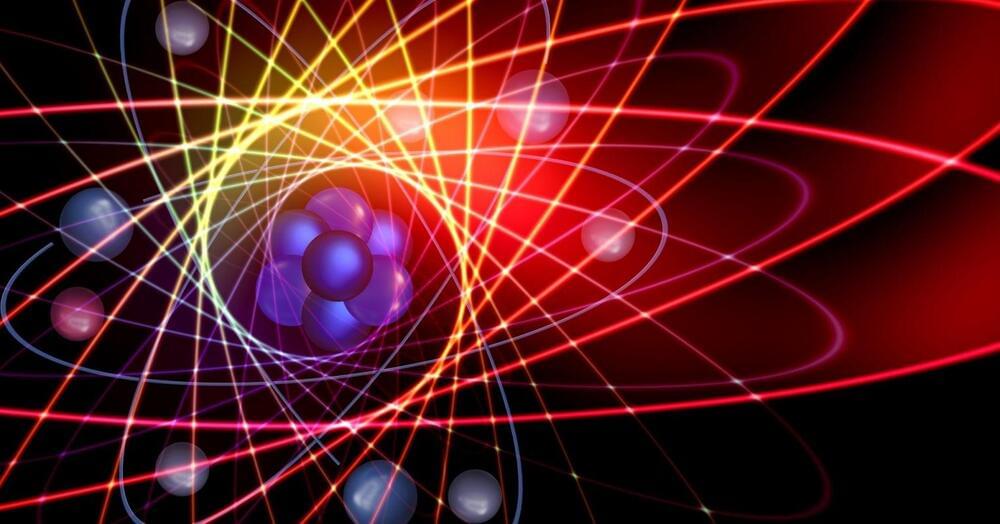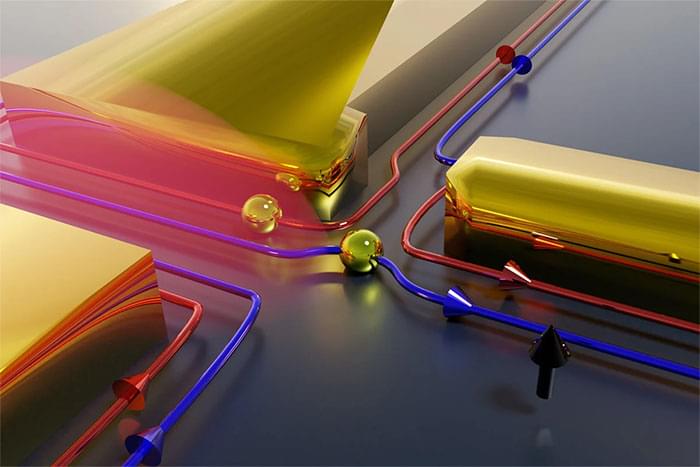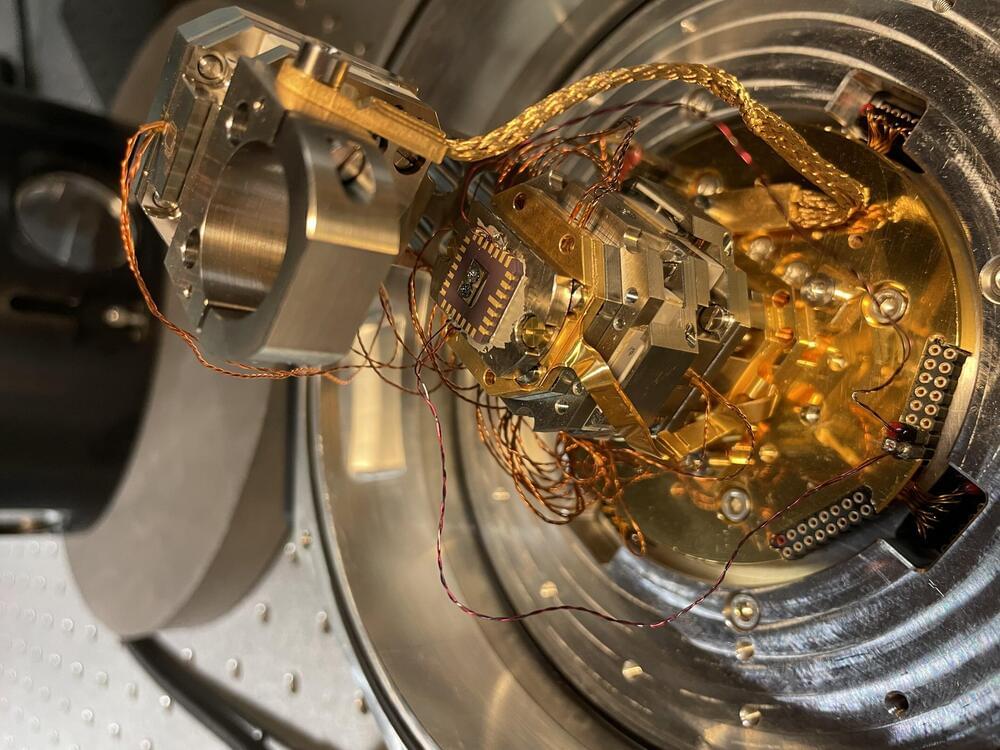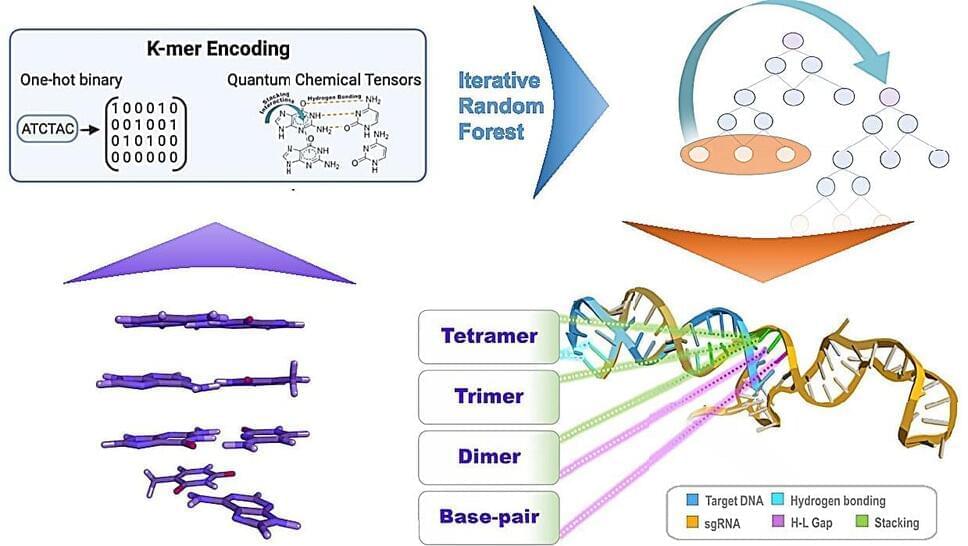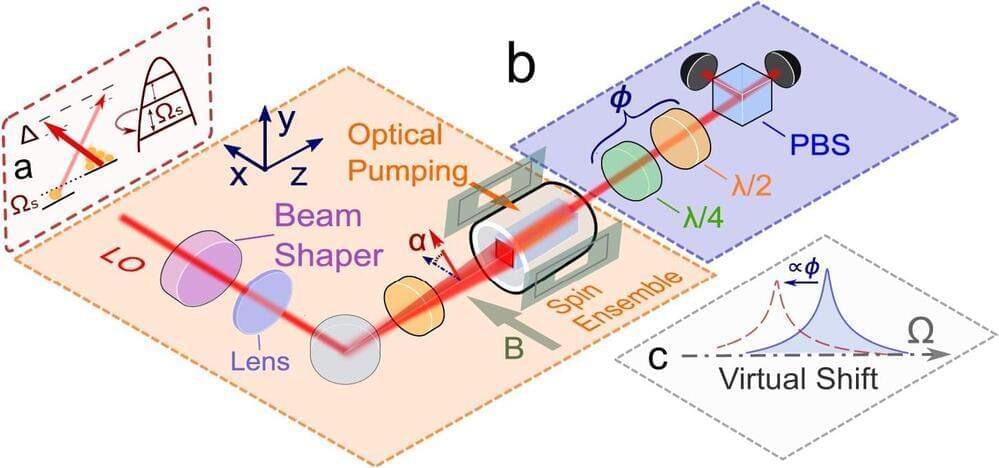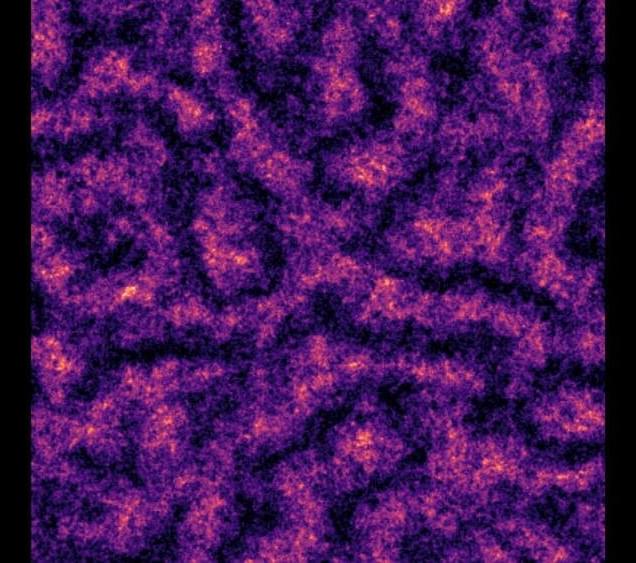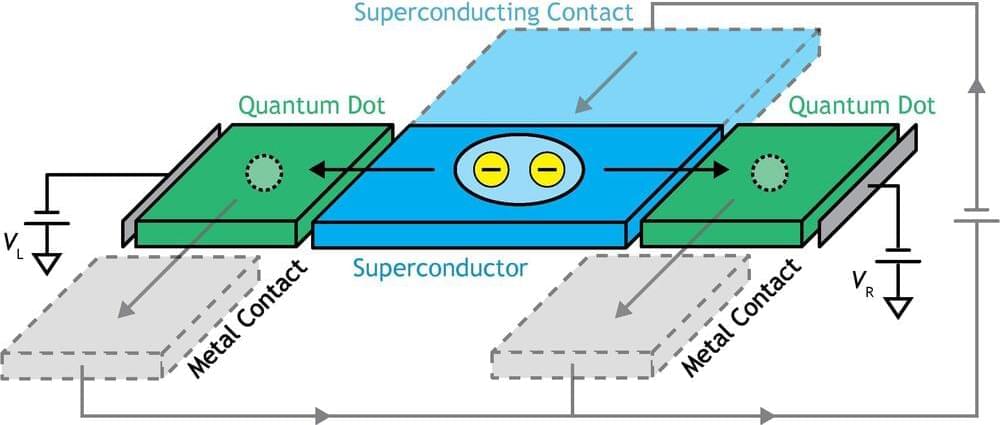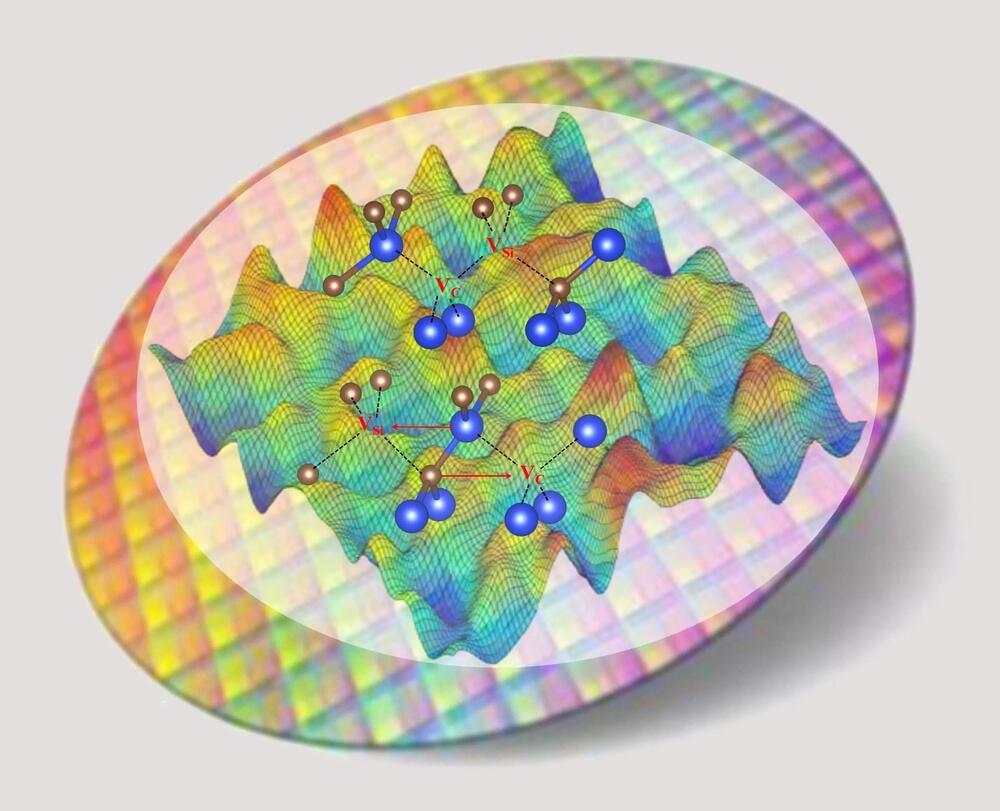Archive for the ‘quantum physics’ category: Page 158
Nov 9, 2023
Communing with nothingness
Posted by Dan Kummer in categories: computing, nanotechnology, quantum physics
When you think of empty space, you almost certainly imagine a vacuum in which nothing interesting can ever happen. However, if we zoom in to tiny length scales where quantum effects start to become important, it turns out that what you thought was empty is actually filled at all times with a seething mass of electromagnetic activity, as virtual photons flicker in and out of existence. This unexpected phenomenon is known as the vacuum fluctuation field. However, because these fluctuations of light energy are so small and fleeting in time, it is difficult to find ways for matter to interact with them, especially within a single, integrated device.
In a study published this month in Nano Letters (“Electrical Detection of Ultrastrong Coherent Interaction between Terahertz Fields and Electrons Using Quantum Point Contacts”), researchers from the Institute of Industrial Science, The University of Tokyo succeeded in fabricating a single nanoscale hybrid system for doing exactly this. In their design, a quantum point contact connects a single on-chip split-ring resonator with a two-dimensional electron system.
Quantum Hall edge channels at the quantum point contact. (Image: University of Tokyo)
Nov 9, 2023
Eavesdropping on the electron: A new method for extracting data from noise
Posted by Genevieve Klien in categories: quantum physics, supercomputing
A method developed at the University of Duisburg-Essen makes it possible to read data from noisy signals. Theoretical physicists and their experimental colleagues have published their findings in the current issue of Physical Review Research. The method they describe could also be significant for quantum computers.
You know it from the car radio: The weaker the signal, the more disturbing the noise. This is even more true for laboratory measurements. Researchers from the Collaborative Research Center 1,242 and the Center for Nanointegration (CENIDE) at the University of Duisburg-Essen (UDE) have now described a method for extracting data from noise.
What is a bit in a conventional computer, i.e., state 1 (current on) or state 0 (current off), is taken over in the quantum computer by the quantum bits, or qubits for short. To do this, they need defined and distinguishable states, but they can overlap at the same time and therefore enable many times the computing power of a current computer. This means they could also be used where today’s supercomputers are overtaxed, for example in searching extremely large databases.
Nov 9, 2023
HOLY SH!T!! Quantum Internet Will Change The World Forever
Posted by Joseph Barney in categories: internet, quantum physics, robotics/AI, security

Not a perfect presentation but a quantum Internet will be nice. The question is, how will bad actors/Black Hat hackers adapt?
Dive into the mind-bending future of technology with our latest video, Quantum Internet Will Change The World In this groundbreaking exploration, we unravel the mysteries of quantum computing and its revolutionary potential to transform the way we connect online. Discover how quantum entanglement and superposition are reshaping the internet landscape, promising unparalleled security, lightning-fast speeds, and unimaginable data processing capabilities.
Continue reading “HOLY SH!T!! Quantum Internet Will Change The World Forever” »
Nov 9, 2023
Scientists use quantum biology, AI to sharpen genome editing tool
Posted by Gemechu Taye in categories: bioengineering, biotech/medical, chemistry, genetics, quantum physics, robotics/AI
Scientists at Oak Ridge National Laboratory have used their expertise in quantum biology, artificial intelligence and bioengineering to improve how CRISPR Cas9 genome editing tools work on organisms like microbes that can be modified to produce renewable fuels and chemicals.
CRISPR is a powerful tool for bioengineering, used to modify genetic code to improve an organism’s performance or to correct mutations. The CRISPR Cas9 tool relies on a single, unique guide RNA that directs the Cas9 enzyme to bind with and cleave the corresponding targeted site in the genome.
Existing models to computationally predict effective guide RNAs for CRISPR tools were built on data from only a few model species, with weak, inconsistent efficiency when applied to microbes.
Nov 9, 2023
Research overcomes major obstacle for quantum sensor development
Posted by Paul Battista in categories: biotech/medical, quantum physics
Researchers from the Niels Bohr Institute (NBI) have removed a key obstacle for development of extremely sensitive monitoring devices based on quantum technology.
Monitoring the heartbeat of an unborn child and other types of delicate medical examinations show the potential of quantum sensors. Since these sensors exploit phenomena at the scale of atoms, they can be far more accurate than today’s sensors.
Researchers from the Niels Bohr Institute (NBI), University of Copenhagen, have managed to overcome a major obstacle for development of quantum sensors. Their results are published in Nature Communications.
Nov 8, 2023
No Lasers Needed: Optical Cavity’s Quantum Trick Alters Material Magnetism
Posted by Paul Battista in categories: computing, quantum physics
A new theoretical approach allows the alteration of α-RuCl3’s magnetic properties through quantum fluctuations in an optical cavity, providing a laser-free avenue for material manipulation.
Researchers in Germany and the USA have produced the first theoretical demonstration that the magnetic state of an atomically thin material, α-RuCl3, can be controlled solely by placing it into an optical cavity. Crucially, the cavity vacuum fluctuations alone are sufficient to change the material’s magnetic order from a zigzag antiferromagnet into a ferromagnet. The team’s work has been published in the scientific journal npj Computational Materials.
Advancements in Material Physics.
Nov 7, 2023
From supersolid to microemulsion: Exploring spin-orbit coupled Bose-Einstein condensates
Posted by Paul Battista in categories: particle physics, quantum physics
In a new study, researchers from the University of California, Santa Barbara, (UCSB) have reported the discovery of a spin microemulsion in two-dimensional systems of spinor Bose-Einstein condensates, shedding light on a novel phase transition marked by the loss of superfluidity, complex pseudospin textures, and the emergence of topological defects.
A Bose-Einstein (B-E) condensate is a state of matter that occurs at extremely low temperatures, where bosons, such as photons, become indistinguishable and behave as a single quantum entity, forming a superfluid or superconducting state.
B-E condensates can exhibit unique quantum properties, such as a spin microemulsion. When the internal spin states of atoms in a B-E condensate are coupled to their motion, a unique phase called a spin microemulsion can emerge.
Nov 7, 2023
The controllable splitting of a single Cooper pair in a hybrid quantum dot system
Posted by Paul Battista in categories: computing, quantum physics
Cooper pairs are pairs of electrons in superconducting materials that are bound to each other at low temperatures. These electron pairs are at the root of superconductivity, a state where materials have zero resistance at low temperatures due to quantum effects. As quantum systems that can be relatively large and easy to manipulate, superconductors are highly useful for the development of quantum computers and other advanced technologies.
Researchers at Delft University of Technology (TU Delft) recently demonstrated the controllable splitting of a Copper pair into its two constituent electrons within a hybrid quantum dot system, holding onto them after the split. Their paper, published in Physical Review Letters, could open new avenues for the study of superconductivity and entanglement in quantum dot systems.
“This research was motivated by the fact that Cooper pairs, the fundamental ingredients of superconductivity that carry electrical current with no resistance, are formed by pairs of electrons that are expected to be perfectly quantum entangled,” Christian Prosko, one of the authors of the paper, told Phys.org.
Nov 7, 2023
Unlocking Quantum Secrets — Simulations Reveal the Atomic-Scale Story of Qubits
Posted by Paul Battista in categories: biotech/medical, chemistry, computing, engineering, quantum physics
Researchers at the University of Chicago’s Pritzker School of Molecular Engineering, led by Giulia Galli, have conducted a computational study predicting the conditions necessary to create specific spin defects in silicon carbide. These findings, detailed in a paper published in Nature Communications
<em> Nature Communications </em> is a peer-reviewed, open-access, multidisciplinary, scientific journal published by Nature Portfolio. It covers the natural sciences, including physics, biology, chemistry, medicine, and earth sciences. It began publishing in 2010 and has editorial offices in London, Berlin, New York City, and Shanghai.
